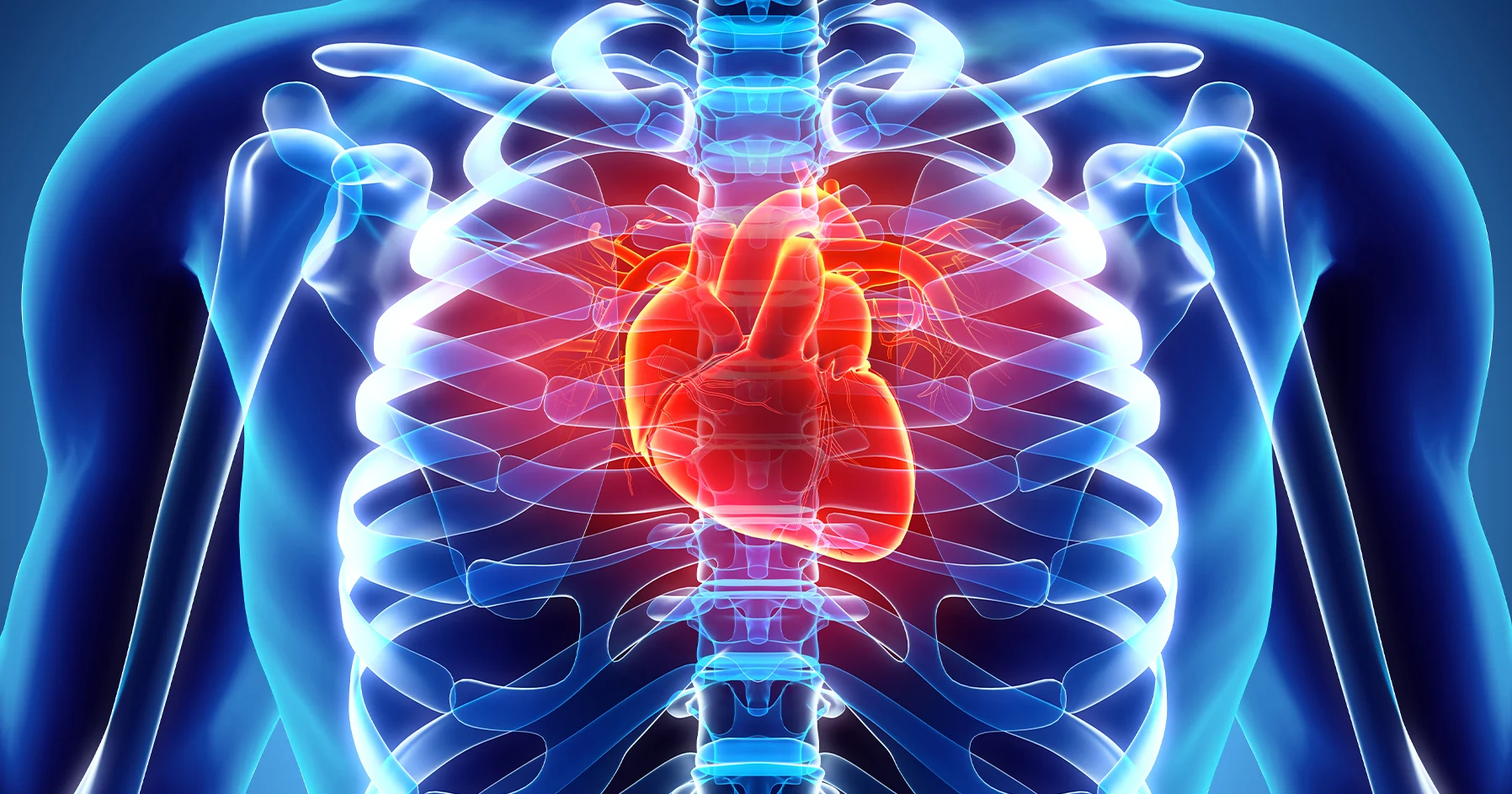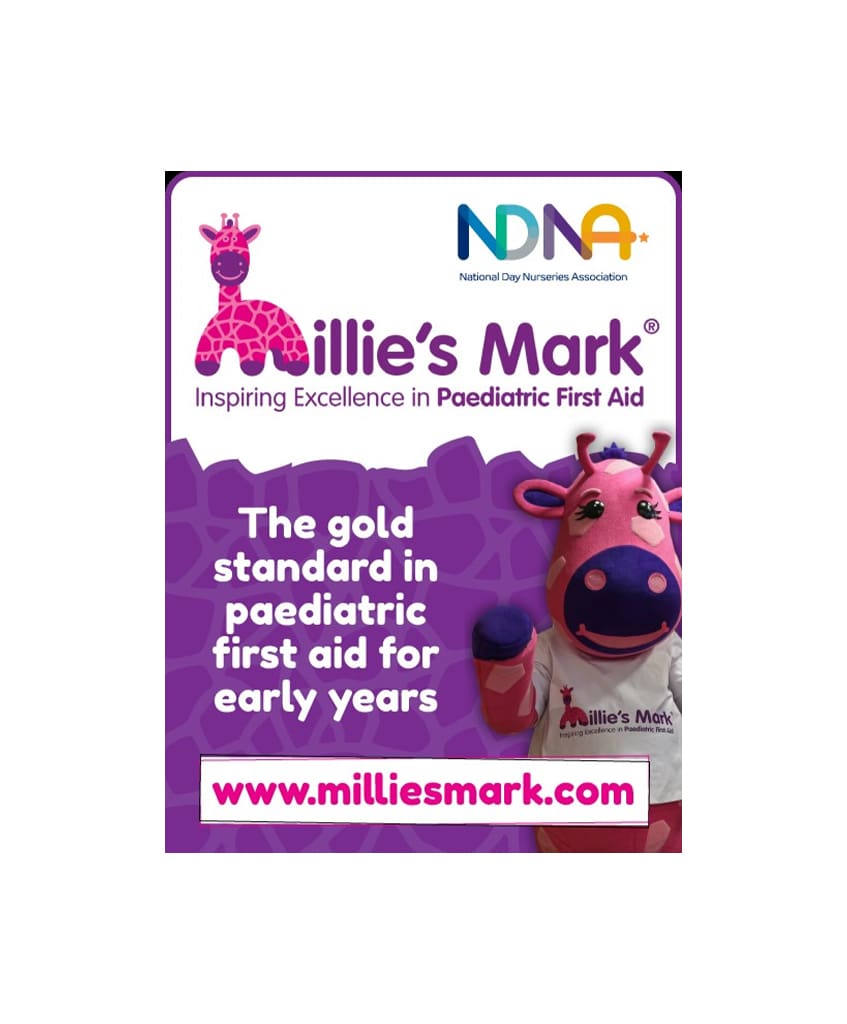Cardiovascular disease (CVD), also known as heart or circulatory disease, refers to conditions that affect your heart or circulation. The most common of these are hypertension, strokes, and vascular dementia.
Coronary heart disease refers to conditions that narrow or block blood vessels (coronary heart disease). Angina, heart attacks, and strokes can result from this. There are also heart disease conditions that affect the muscles or valves of your heart, or that cause abnormal rhythms (arrhythmias).
Types of CVD
There are many different types of CVD.
Coronary heart disease
When the blood supply containing oxygen is restricted or obstructed to the heart muscle, coronary heart disease develops.
This puts an increased strain on the heart, and can lead to:
- angina – chest pain caused by restricted blood flow to the heart muscle
- heart attacks – where the blood flow to the heart muscle is suddenly blocked
- heart failure – where the heart is unable to pump blood around the body properly
Strokes and TIAs
When a portion of the brain’s blood flow is interrupted, it can result in a stroke, which can harm the brain and even be fatal.
Similar in nature is the transient ischemic attack (TIA, often known as a “mini-stroke”), in which the brain’s blood supply is temporarily interrupted.
The main symptoms of a stroke or TIA can be remembered with the word FAST, which stands for:
- Face – the face may have drooped on one side, the person may be unable to smile, or their mouth or eye may have dropped.
- Arms – the person may not be able to lift both arms and keep them there because of arm weakness or numbness in one arm.
- Speech – their speech may be slurred or garbled, they may not be able to talk at all or they may not be able to understand what you are saying to them.
- Time – it’s time to dial 999 immediately if you see any of these signs or symptoms.
Peripheral arterial disease
When there is an obstruction in the arteries leading to the extremities, most often the legs, it is known as peripheral arterial disease.
This can cause:
- dull or cramping leg pain, which is worse when walking and gets better with rest
- hair loss on the legs and feet
- numbness or weakness in the legs
- persistent ulcers (open sores) on the feet and legs.
Aortic disease
Aortic diseases are a group of conditions affecting the aorta. This is the largest blood vessel in the body, which carries blood from the heart to the rest of the body.
Aortic aneurysms, in which the aorta weakens and protrudes outward, are among the most prevalent aortic disorders.
Although it normally doesn’t show any signs, there’s a possibility that it could burst and haemorrhage catastrophically.
What are the symptoms of cardiovascular heart disease?
Symptoms of heart disease vary based on what condition you have and can include:
- chest pain
- pain, weakness or numb legs and/or arms
- breathlessness
- very fast or slow heartbeat, or palpitations
- feeling dizzy, lightheaded, or faint
- fatigue
- swollen limbs.
What increases my risk of cardiovascular heart disease?
Factors that increase the risk of getting a condition are known as risk factors. The more you have, the greater your chances of developing CVD. Even if you can’t change all your risk factors, there are steps you can take to reduce your risk.
There are several risk factors for CVD, including;
- smoking
- stress
- alcohol
- high blood pressure
- high blood cholesterol
- being physically inactive
- being overweight or obese
- diabetes
- family history of heart disease
- ethnic background
- sex – men are more likely to get CVD earlier than women
- age – the older you are, the more likely you are to get CVD.
How is cardiovascular heart disease diagnosed?
The condition your doctor believes you may have and your symptoms will determine whether coronary heart disease is diagnosed.
Tests may be based on your family history and can include:
- blood tests
- chest x-ray
- electrocardiogram (ECG)
- echocardiogram
- CT scan
- MRI scan.
What is the treatment for cardiovascular heart disease?
Treatment will depend on your condition, but usually includes:
- lifestyle changes
- medication
- a device such as an ICD or pacemaker
- stents
- heart surgery.
Help and support
- Call the British Heart Foundation’s Heart Helpline.
- Speak to others with heart conditions by joining a support group or online community.
- Sign up to the British Heart Foundation’s Heart Matters magazine which is packed with health and lifestyle advice.
- Download British Heart Foundation’s leaflet Keep your heart healthy.
We hope this information helps. If you would like to speak to us about how we could help with your First Aid training requirements, please call us on 01276 586943 or email us at admin@crosscountiestraining.co.uk for hassle-free bookings.








